
The Names That Changed
Penn State.
Forever.
Penn State’s long athletic history has been celebrated over the years in many ways. But never before has Penn State had a Sports Hall of Fame.
That changes today.
Through an open election process that included a nomination and then voting process by Penn State fans, 17 names were chosen for the inaugural class of the Penn State Sports Hall of Fame.
Criteria for the Penn State Sports Hall of Fame was based on impact to Penn State athletics. Former athletes must be four years removed from their playing days and former coaches must be one year removed from coaching. In order to keep the Penn State Sports Hall of Fame representative of all sports, no more than six of the 17 class members could have primary contributions as football players or coaches.
Jesse Arnelle
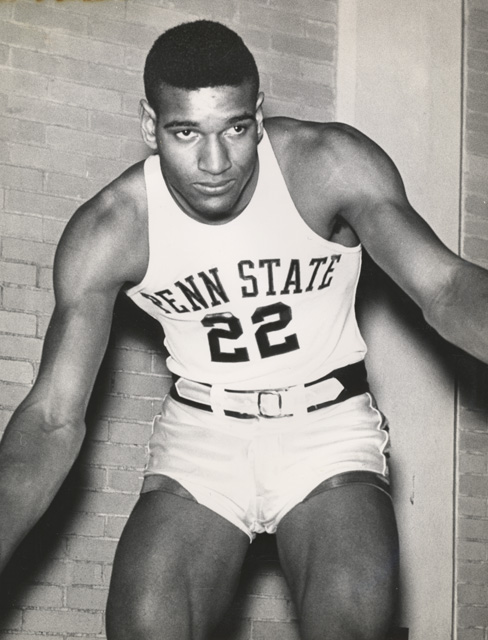
Years: 1951-1955
Sports: Basketball, Football
Positions: Forward, Receiver
Read More
(Photo via blackhistory.psu.edu)
LaVar Arrington

Years: 1997-1999
Sports: Football
Positions: Linebacker
Read More
(Photo via GoPSUSports.com)
Saquon Barkley

Years: 2015-2017
Sports: Football
Positions: Running Back
Read More
(Photo via GoPSUSports.com)
John Cappelletti
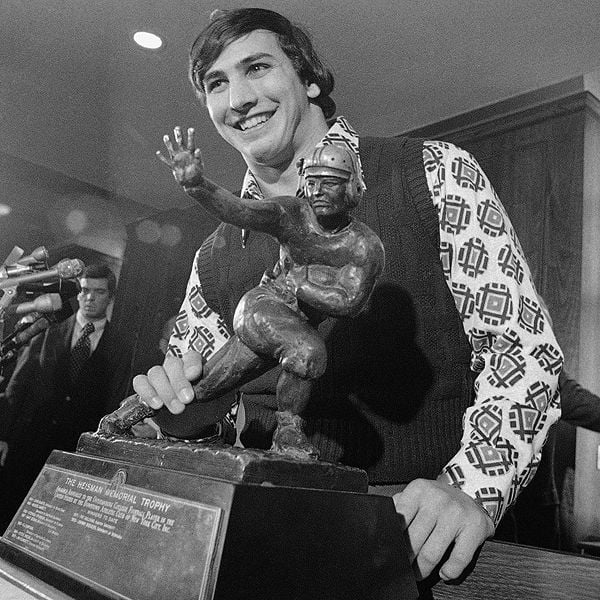
Years: 1969-1973
Sports: Football
Positions: Running Back
Read More
(Photo via Heisman.com)
Barney Ewell
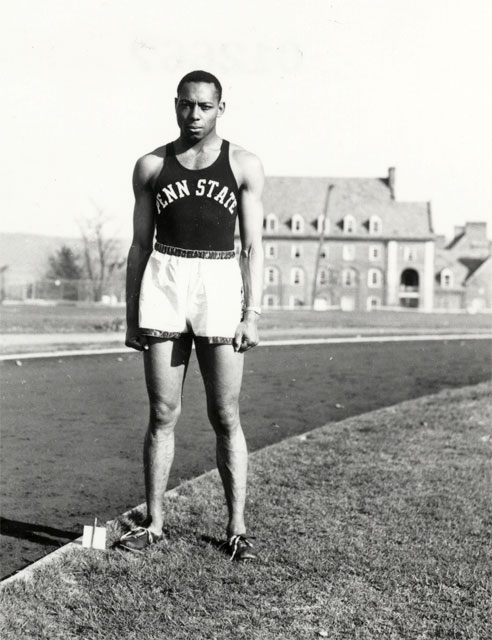
Years: 1939-1942, 1947
Sports: Track
Position: Sprinter, Jumper
Read More
(Photo via blackhistory.psu.edu)
Fran Fisher

Years: 1966-2015
Sport: Contributor
Read More
(Photo via psucollegian.com)
Jack Ham
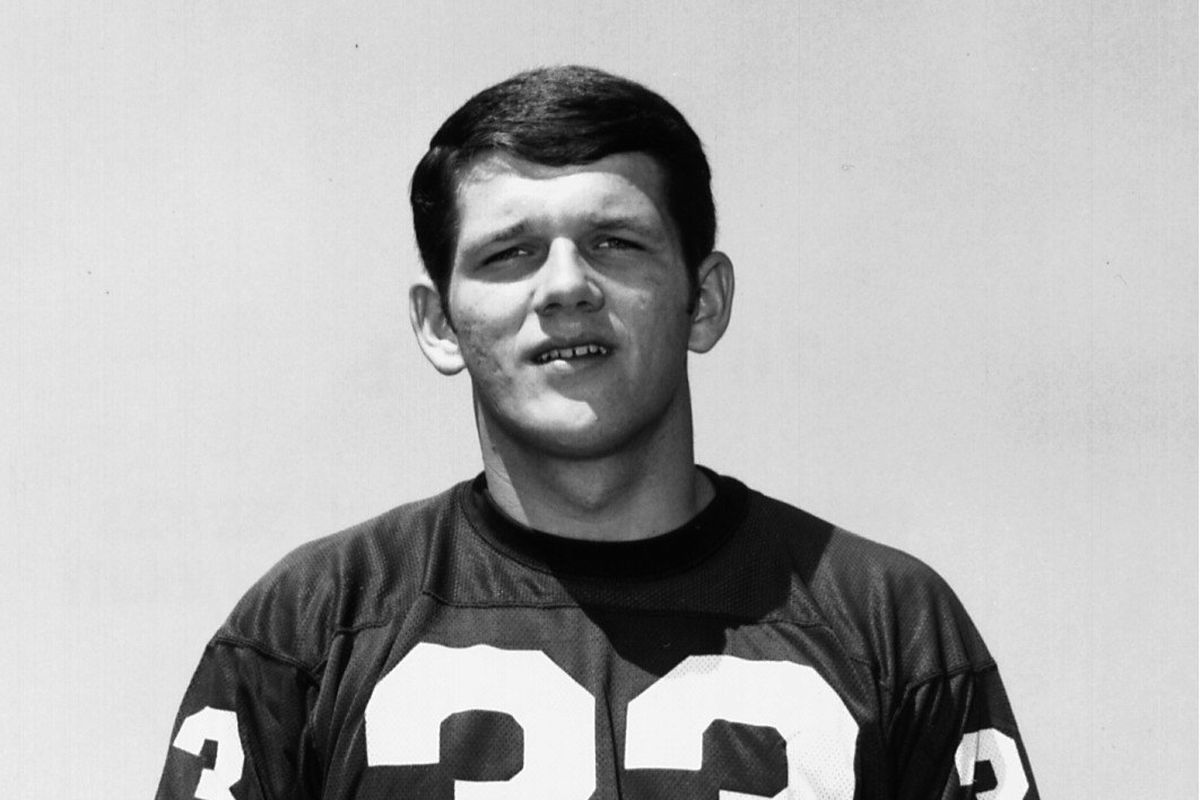
Years: 1968-1970
Sports: Football
Positions: Linebacker
Read More
Considered by many to be Penn State’s greatest football player ever, Jack Ham spent three seasons as the leader of the Nittany Lions’ defense where he helped guide the team to two back-to-back undefeated seasons. In 1970, Ham recorded 91 tackles and four interceptions, earning All-American status. Ham would then go on to be a part of the Pittsburgh Steelers’ legendary defense in the 1970s before retiring from football. He is one of two Penn Staters to be enshrined in both the College Football and Pro Football Hall of Fames. Ham has also spent the last 25 seasons as a part of Penn State’s radio broadcast — providing an essential voice to the booth along with Steve Jones.
(Photo via footballfoundation.org)
Franco Harris
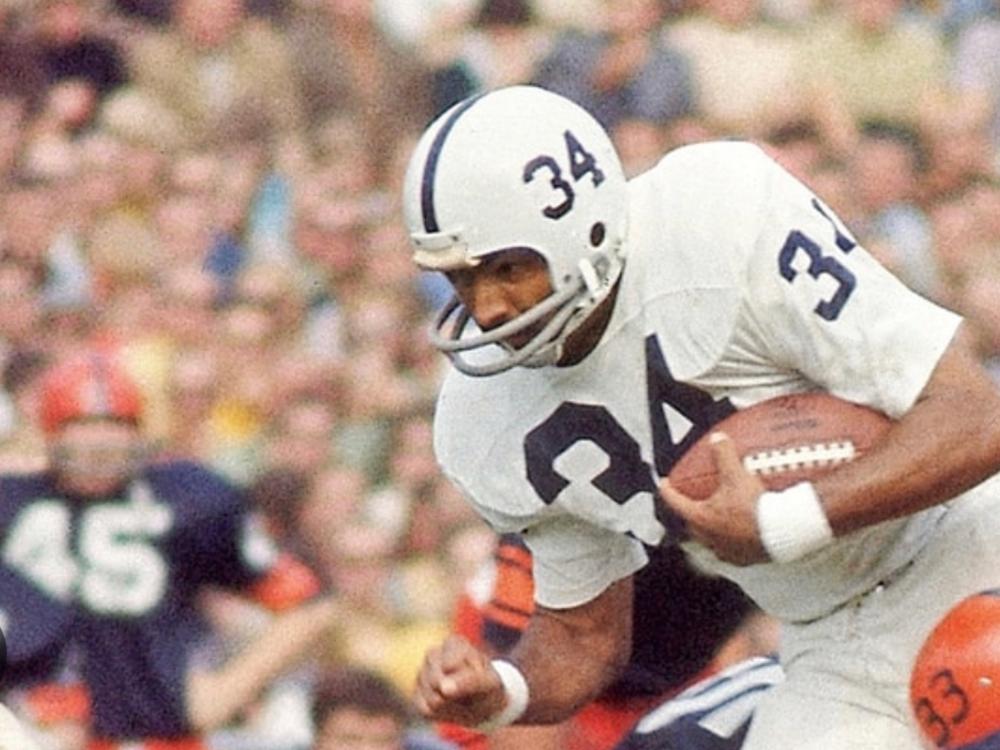
Years: 1967-1971
Sport: Football
Position: Running Back
Read More
(Photo via GoPSUSports.com)
Megan Hodge Easy
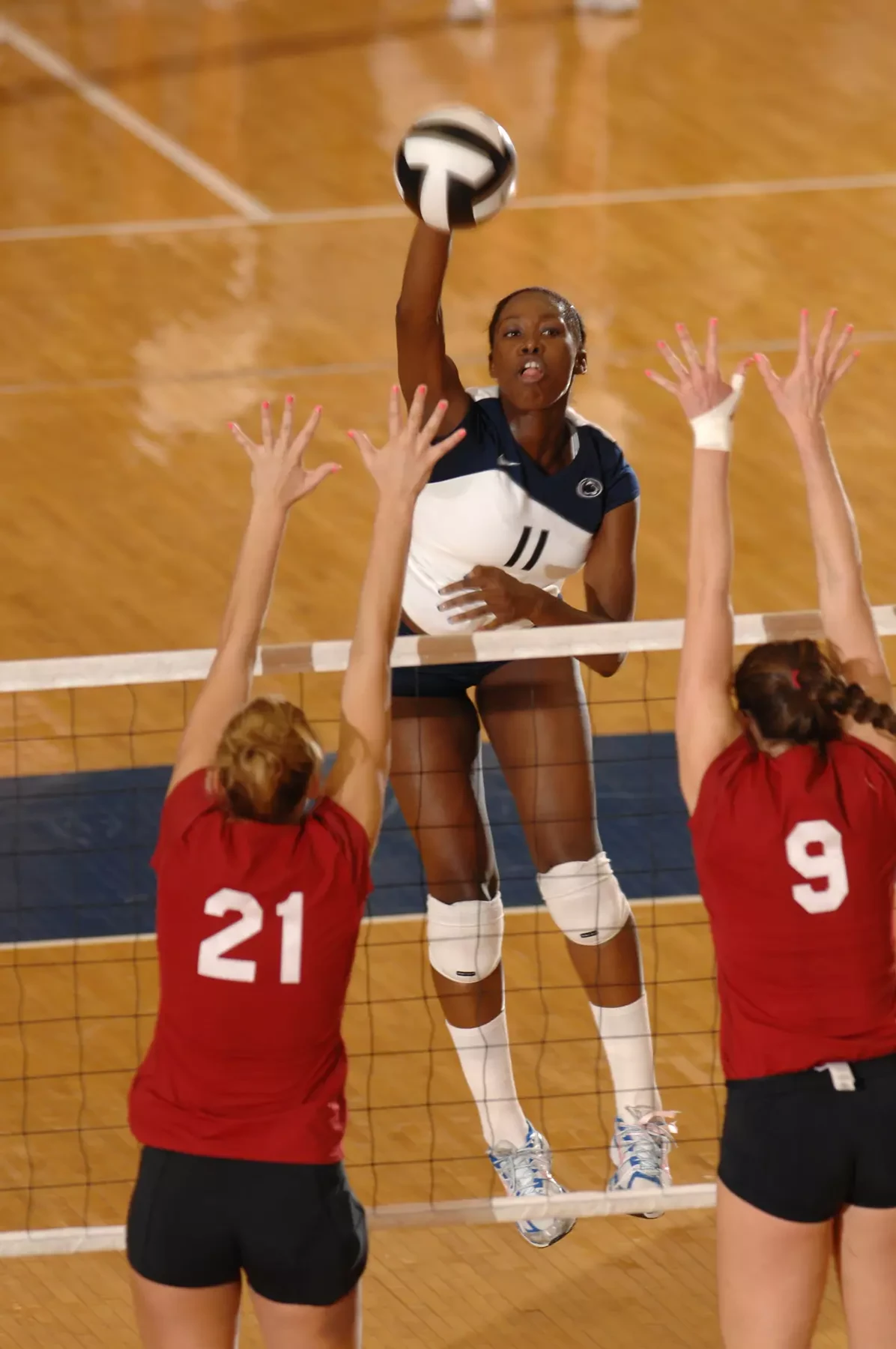
Years: 2006-2009
Sports: Volleyball
Positions: Outside Hitter
Read More
(Photo via GoPSUSports.com)
Ali Krieger
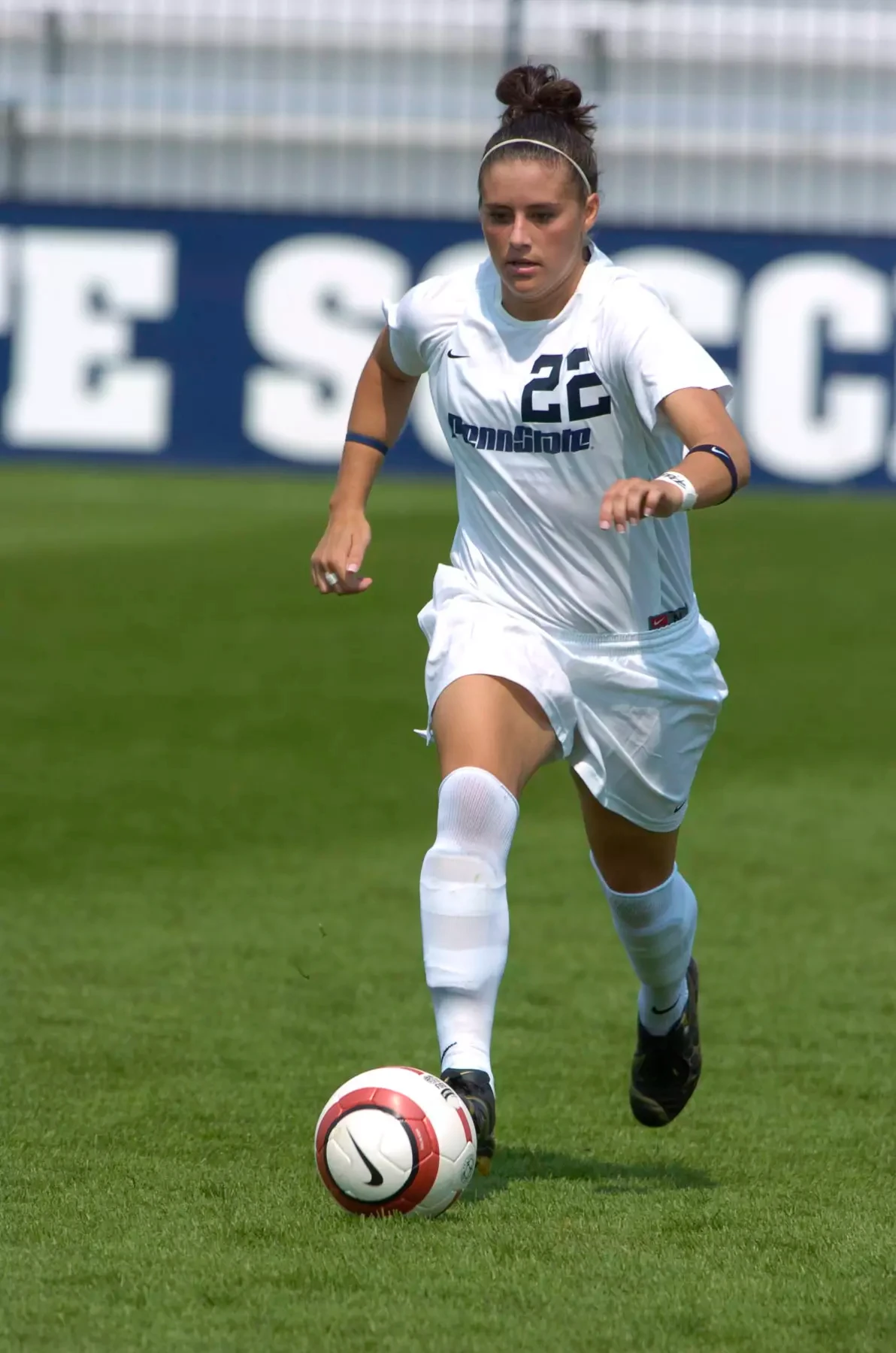
Years: 2003-2006
Sport: Soccer
Position: Midfielder, Defender
Read More
(Photo via GoPSUSports.com)
Suzie McConnell-Serio
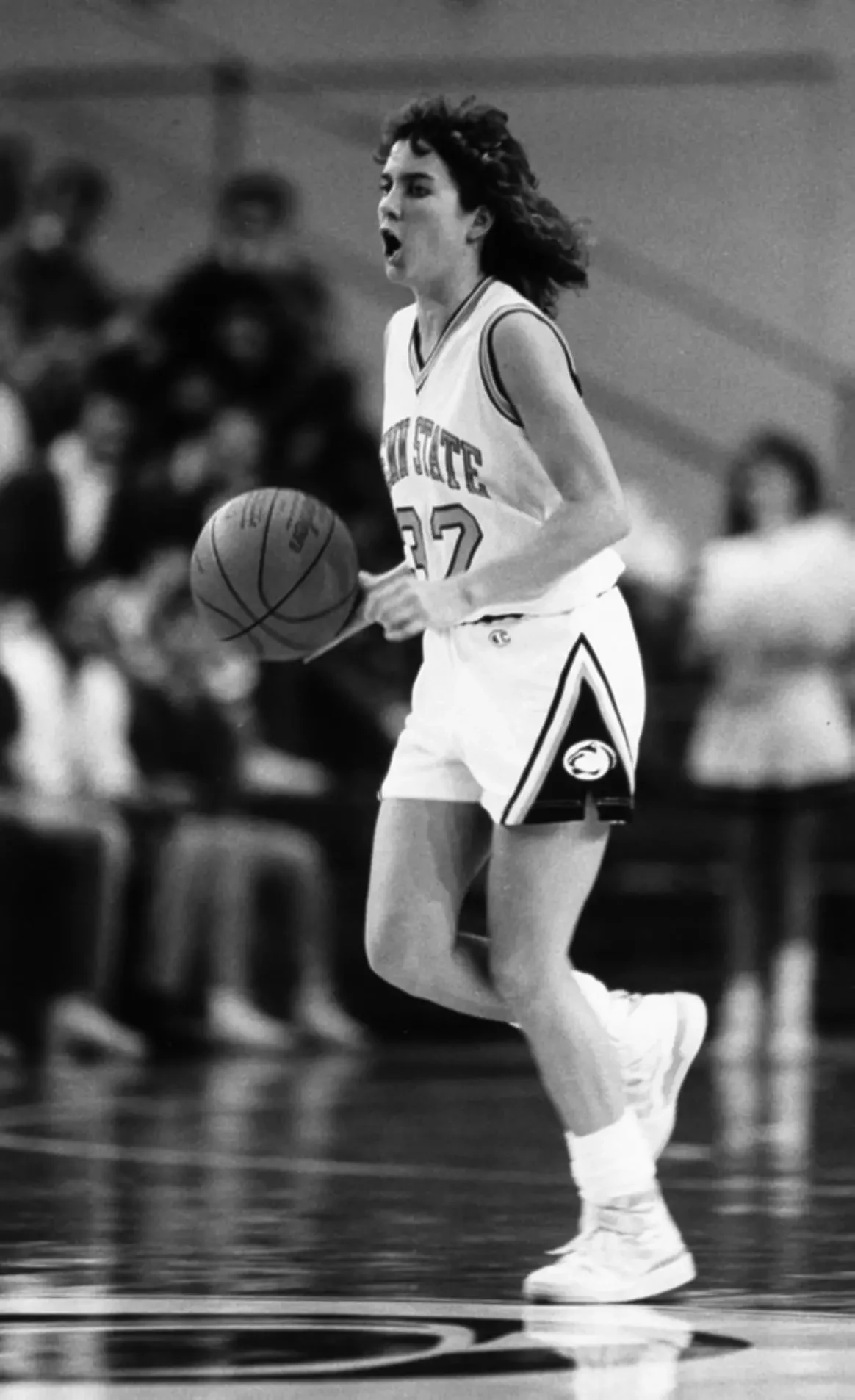
Years: 1984-1988
Sport: Basketball
Position: Guard
Read More
(Photo via GoPSUSports.com)
Charlene Morett-Curtiss

Years: 1975-2023
Sport: Field Hockey
Position: Player, Coach
Read More
(Photo via GoPSUSports.com)
Bo Nickal

Years: 2014-2019
Sport: Wrestling
Position: 174, 184, 197 lbs
Read More
(Photo via GoPSUSports.com)
Joe Paterno
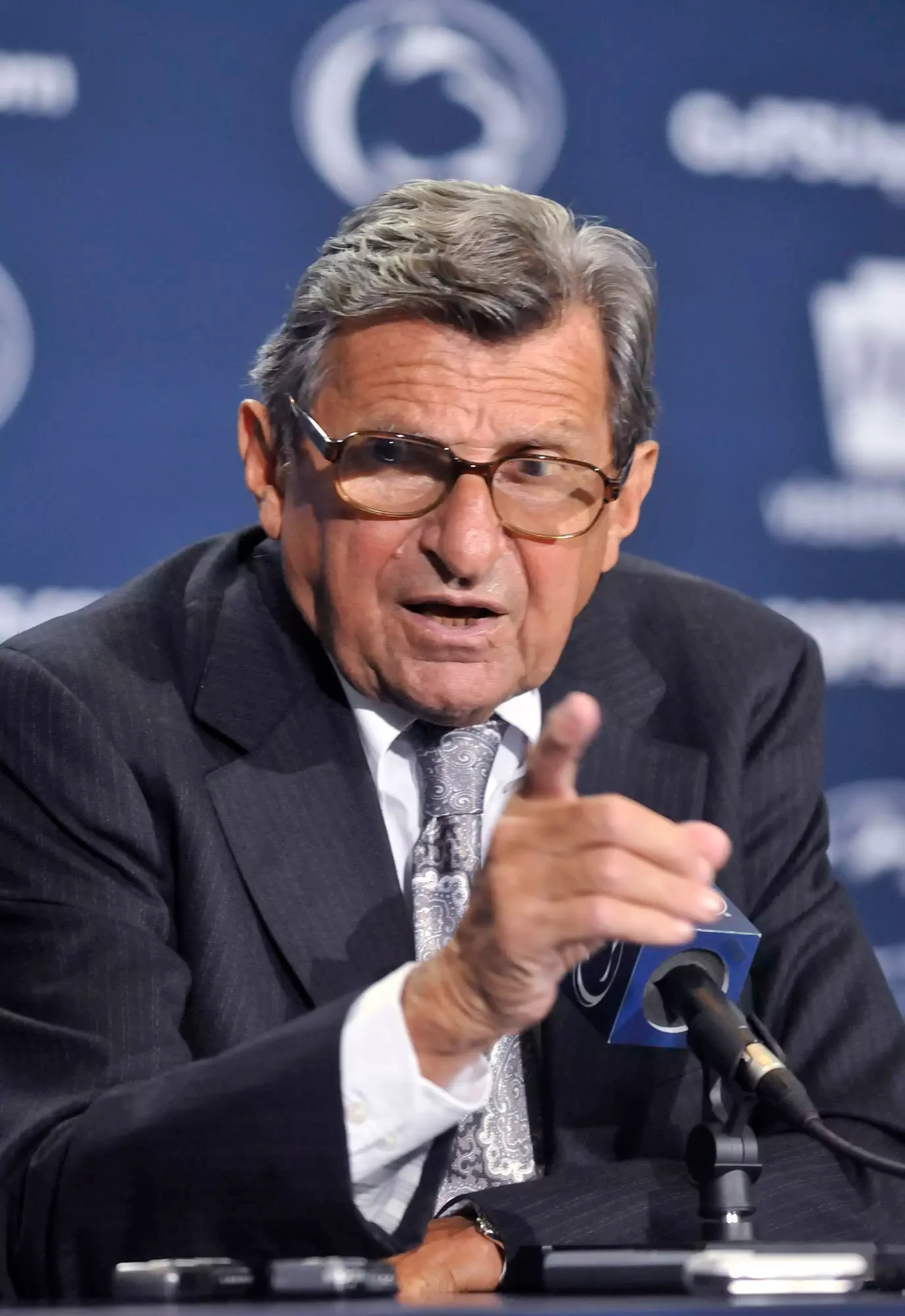
Years: 1950-2011
Sport: Football
Position: Coach
Read More
Russ Rose

Years: 1979–2021
Sport: Volleyball
Position: Coach
Read More
No one has more wins in Division I women’s volleyball history. No one has more national championships in Division I women’s volleyball history than Russ Rose. After spending time as an assistant at Nebraska in the 1970s, Rose took over Penn State in 1979 and changed so much for Penn State women’s volleyball. In 41 years, Penn State never missed an NCAA tournament. Rose first led Penn State to a national championship in 1999 before winning four in a row from 2007 to 2010. During that stretch, Penn State won 109 straight matches from 2007 to 2008. In the 2008 season, Penn State never lost a set until the national semifinal where it beat Nebraska 3-2 before beating Stanford in a sweep for the national championship. He would then guide Penn State to two more national titles in 2013 and 2014. He produced 112 AVCA All-Americans and 14 Big Ten Players of The Year. In addition to coaching, Rose taught a sports ethics class at Penn State.
(Photo via GoPSUSports.com)
David Taylor
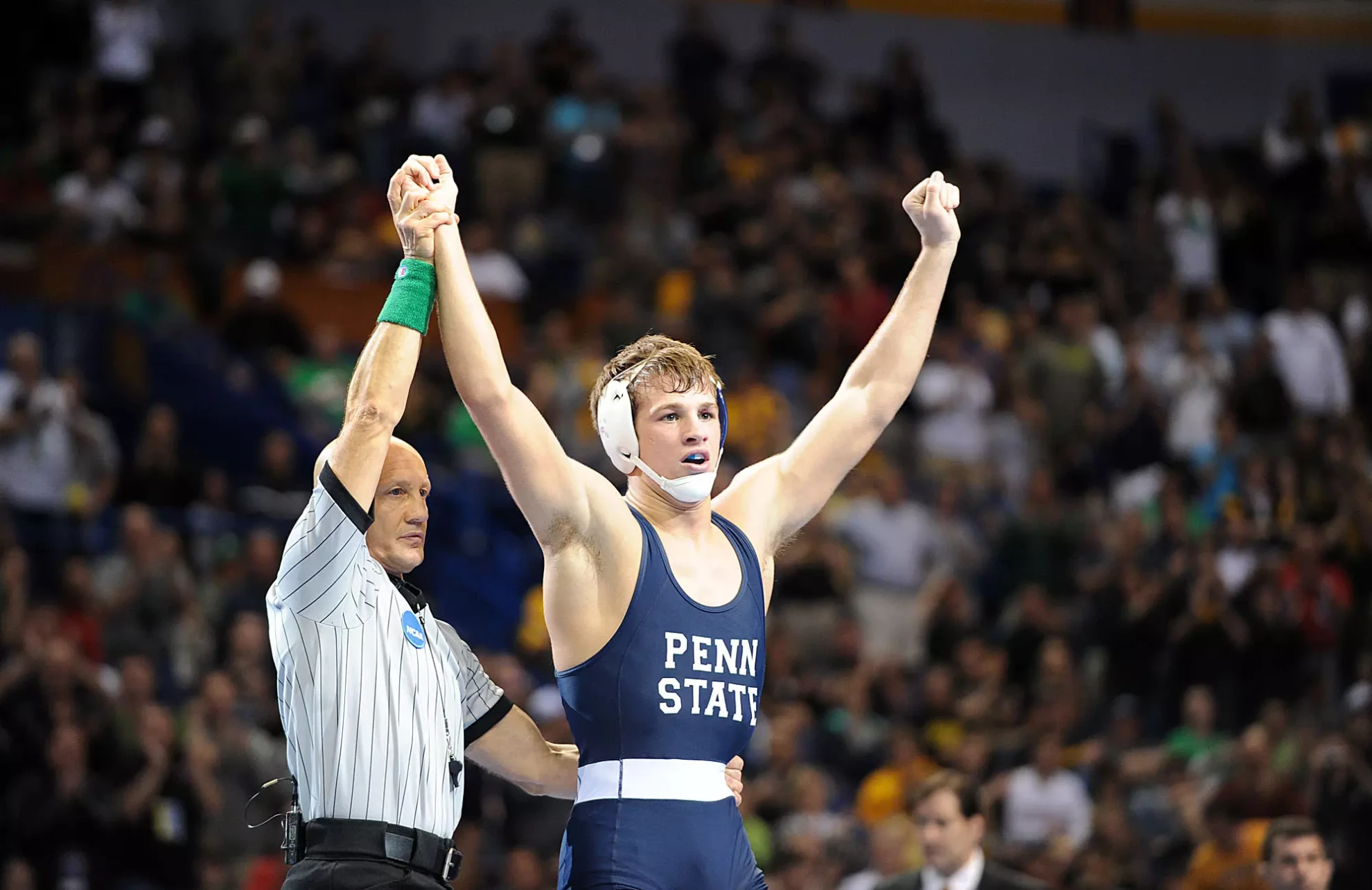
Years: 2011-2014
Sport: Wrestling
Position: 157, 165 lbs
Read More
Another key piece to Penn State’s mids 2010s dynasty, David Taylor won two individual national championships at 165 pounds under Cael Sanderson. His effort earned him two Dan Hodge Trophies and won 134 matches in his time at Penn State, with two of his three losses coming in the national final in 2011 and 2013. After graduation, Taylor developed into one of the world’s best individual wrestlers, winning three world championships and a gold at the 2020 Tokyo Games in the 86 kg weight class. In trying for his second Olympics, Taylor lost to Penn State’s Aaron Brooks at the US Olympic Trials, effectively ending his shot at another gold medal, which ultimately resulted in him becoming Oklahoma State’s wrestling head coach.
(Photo via GoPSUSports.com)
Gene Wettstone

Years: 1939-1976
Sport: Gymnastics
Position: Coach
Read More
Visionary coach Gene Wettstone started the men’s gymnastics program at Penn State and led the program to a record nine national championships and 13 Eastern Intercollegiate Gymnastics League titles. Under his direction, Penn State amassed more than 200 dual meet victories and produced 35 individual national champions and 13 Olympians. He was known as an innovator in the gym and as a promoter of the sport. Meets inside Rec Hall were some of the most well-attended in the nation during his tenure, including 8,114 fans for a meet against Southern Connecticut State on Feb. 4, 1978. Penn State hosted three men’s national championship meets during his tenure. Wettstone was a two-time head coach of the U.S. Olympic team (1948, 1956) and manager of the 1976 squad. He was an Olympic judge in 1952 and 1968, and served on the U.S. Olympic Committee for 20 years. He was inducted into the United States Gymnastics Hall of Fame in 1963.
(Photo via GoPSUSports.com)
Bios compiled by Darian Somers and Steve Sampsell.
Voting was open to the public and done in a nominee stage with top nominees being moved into the voting stage. The goal is to add a new class annually.
For more about StuffSomersSays.com, click visit our home page or about page. Additionally, you can sign up for our newsletter here.